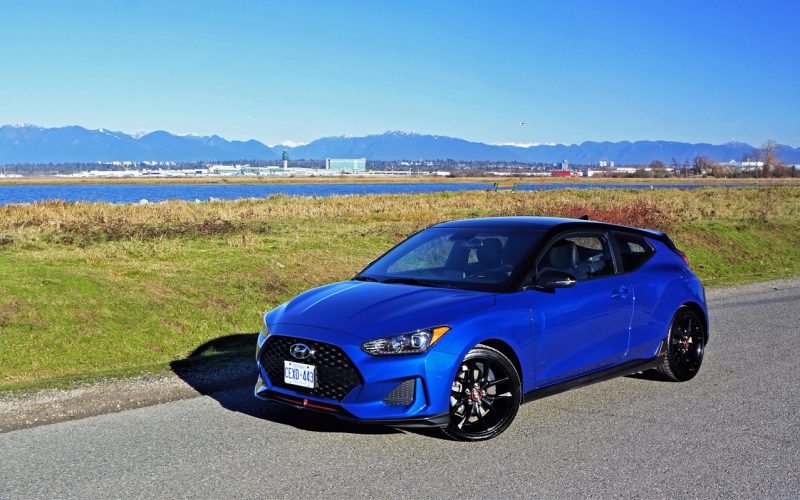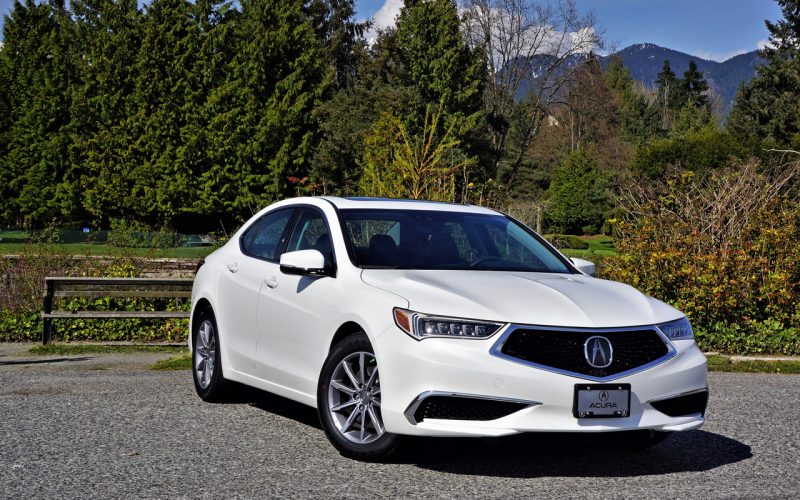
Reading Time: 11 minutesIt would be easy to look at the Veloster as an automotive anomaly, a car that

Reading Time: 13 minutesAcura does well in almost every Canadian market segment it competes in. As calendar year 2018
© 2025 The Car Magazine. All Rights Reserved, Privacy Policy | Terms of Use